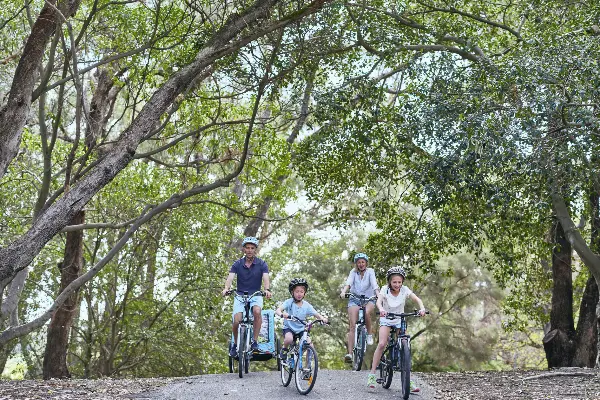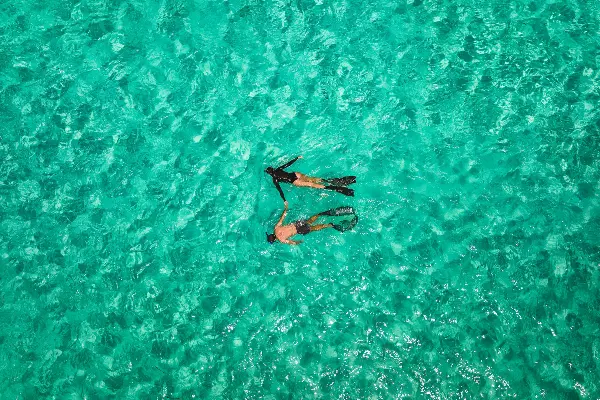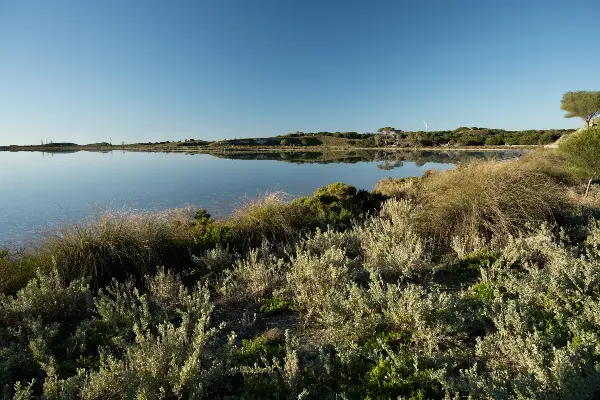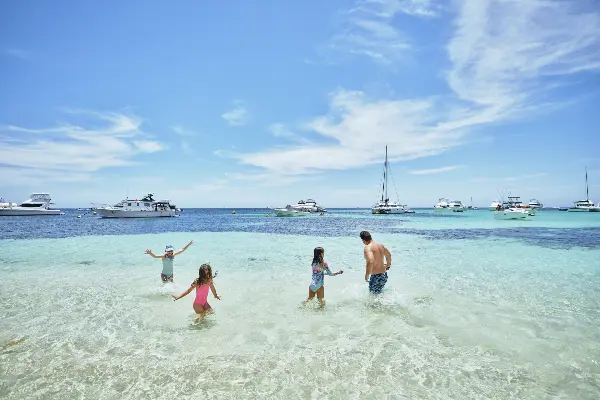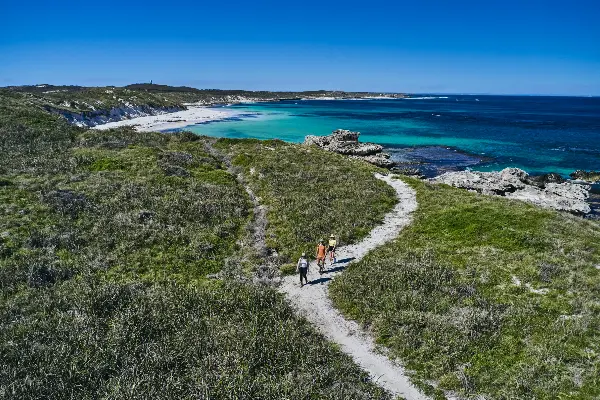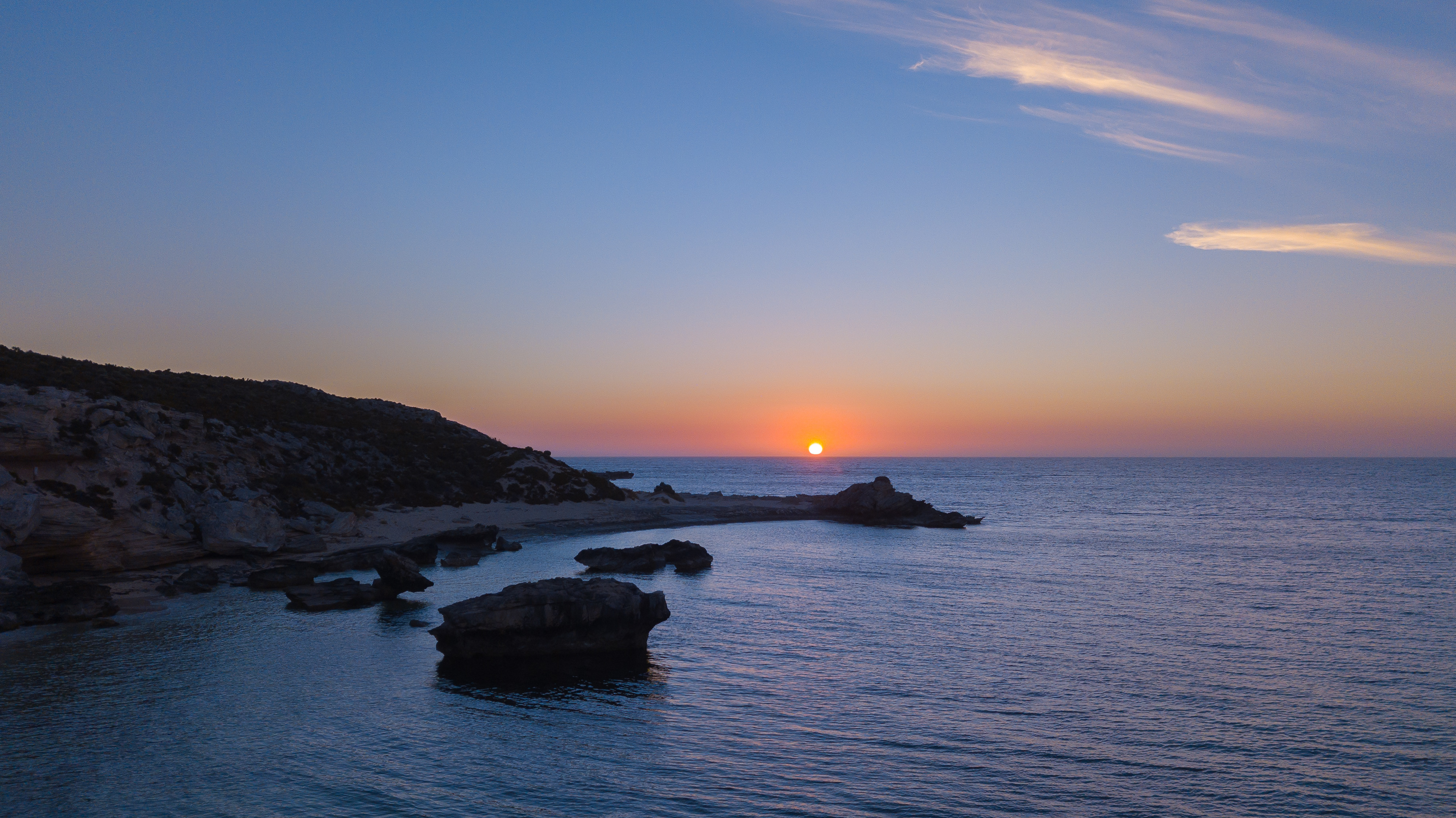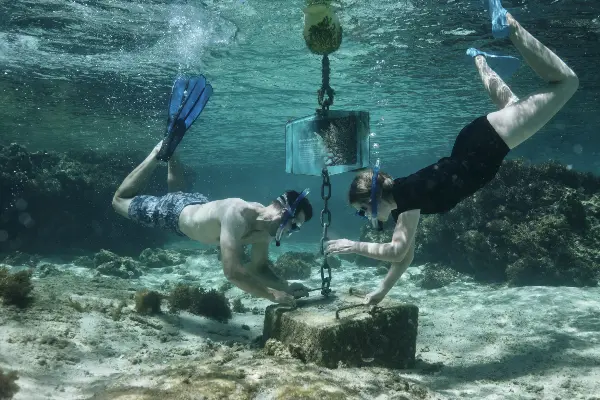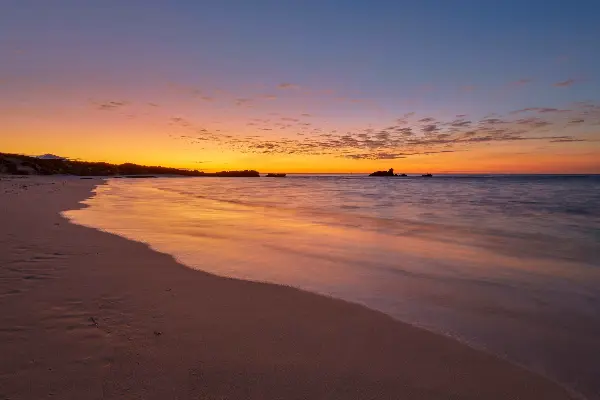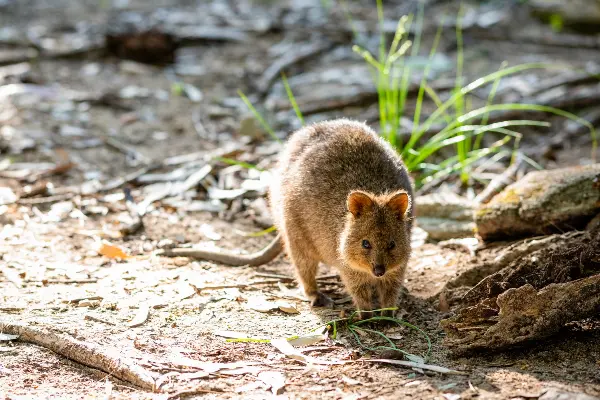Unlike the four seasons of the European calendar, the six Noongar seasons are not marked by specific dates, but are determined by observing changes in the local environment. These changes are indicated by signs such as the flowering of plants, hibernation of reptiles and moulting of swans.
The six seasons provide a unique guide to reading nature throughout the year. For thousands of years, they have helped the Noongar people understand how to sustain life and practice culture. Each season indicates when to hunt plentiful fish and animals, when to source increased nutrients from plants, and when to move between inland and the coast to find shelter from extreme weather, or to seek respite from the heat.
The calendar is centred around living sustainably and respectfully in harmony with the natural world so that resources can continue to provide nourishment and are not depleted for future years.
Birak
December and January
The first summer and season of the young
The colours red and brown represent this season
Birak season on Wadjemup is denoted by warm days that are cooled by the afternoon sea breeze. During this time, the salt lakes come to life with an array of shorebirds flocking to the wetlands in search of food, and the vibrant reds and pinks of milya (samphire — a native succulent also known as sea asparagus) fringing the shorelines. The longer days also mean that Wadjemup’s reptiles are more active. It is common to see dobitj (dugites) or yondi (king skinks) sunning themselves along the walk and bike trails.
On the mainland, this season marked a time when Noongar ancestors living in the hills would make their way towards the coast to live off the increased food supplies in the oceans and rivers. Traditionally this was also the beginning of the fire season which was used to hunt and make travel easier as it would clear a path through the thickened winter scrub and cause animals to escape.
Bunuru
February and March
The second summer
The colour orange is used to represent this season
Bunuru is the hottest period of the year and is known as the season of adolescence, tool-making, fishing and hunting. The hot easterly winds heat the Wadjemup day with afternoon sea breezes providing relief.
During Bunuru the Noongar people moved to coastal areas to hunt and live. When the island was connected to the mainland and the coastline was close by, the increased seafood resources provided a significant addition to the Noongar diet and many flowering plants would be consumed for their nectar.
Djeran
April and May
Autumn
The colour green is used to represent this season
Djeran can be recognised by the start of shorter days, early morning dew and colder westerly winds. In the evenings, the mating calls of the island’s resident kwooyar (moaning frogs) indicate the breeding period and the improved water quality on Wadjemup.
This time was traditionally a Noongar season of adulthood, marriage and courtship ceremony, so it is possible that some of the Noongar ancestors would have continued to be active on Wadjemup during this season. It was also a time to nourish and prepare the body for the colder Makuru season with the increasing abundance of berries, seeds and starchy bulbs.
Makuru
June and July
The first rains and the fertility season
The colour dark blue is used to represent this season
This is when the first rains of the colder season start to fall on Wadjemup, the salt lakes fill with water and wildlife, and the landscape changes from dry sepia tones to lush greens.
The Noongar ancestors would have left Wadjemup and other coastal areas to move further inland where more food sources were available such as yongar (kangaroos). The yongar were not only hunted for their meat – the Noongar people also used their skins and bones to make warm clothing, bags, binding and tools.
Djilba
August and September
The second rains
The colour pink is used to represent this season
The easing winds and warmer days indicate the start of Djilba. Many migratory species visit the Wadjemup West End waters during this season, including bulangat (wedge-tailed shearwaters) and mamong (whale). Some quokka joeys may peek their heads from their mother’s pouch before being ready to suckle during the following season, Kambarang.
This transitional season is marked by an abundance of seeds, berries, honey and fish as well as mammals and birds. The increase of flowering plants provided the Noongar ancestors living inland with a visual cue that food sources such as lemon myrtle were available again. The sight of moulting black swans indicated that these flight-hampered birds were easy prey.
Kambarang
October and November
The wildflower season
The colour yellow represents this season
A rainbow of wildflowers including the bright purple Rottnest Island daisy marks the emergence of Kambarang on Wadjemup with maro (the Rottnest Island tea tree) also bursting into bloom. This time is also when the rainbow bee-eater visits the island from the tropical north and makes burrows in the ground for its breeding season. It is also when the kooboolong (motorbike frog) begins breeding and the male frogs begin vocalising with their distinct low growls to attract a mate.
This season was when the Noongar people would start to move back towards the coast and pick fruit and berries along the way. They would also feed on the fish, turtles and marron that were still active in the freshwater inland lakes. Towards the end of the season, they would see the inland moojar tree (WA Christmas Tree — no longer resident on the island) starting to bloom with bright yellow flowers signalling that the heat of Birak would be returning soon.
Tips for a time well spent
Make your visit even more meaningful with helpful advice from those in the know.


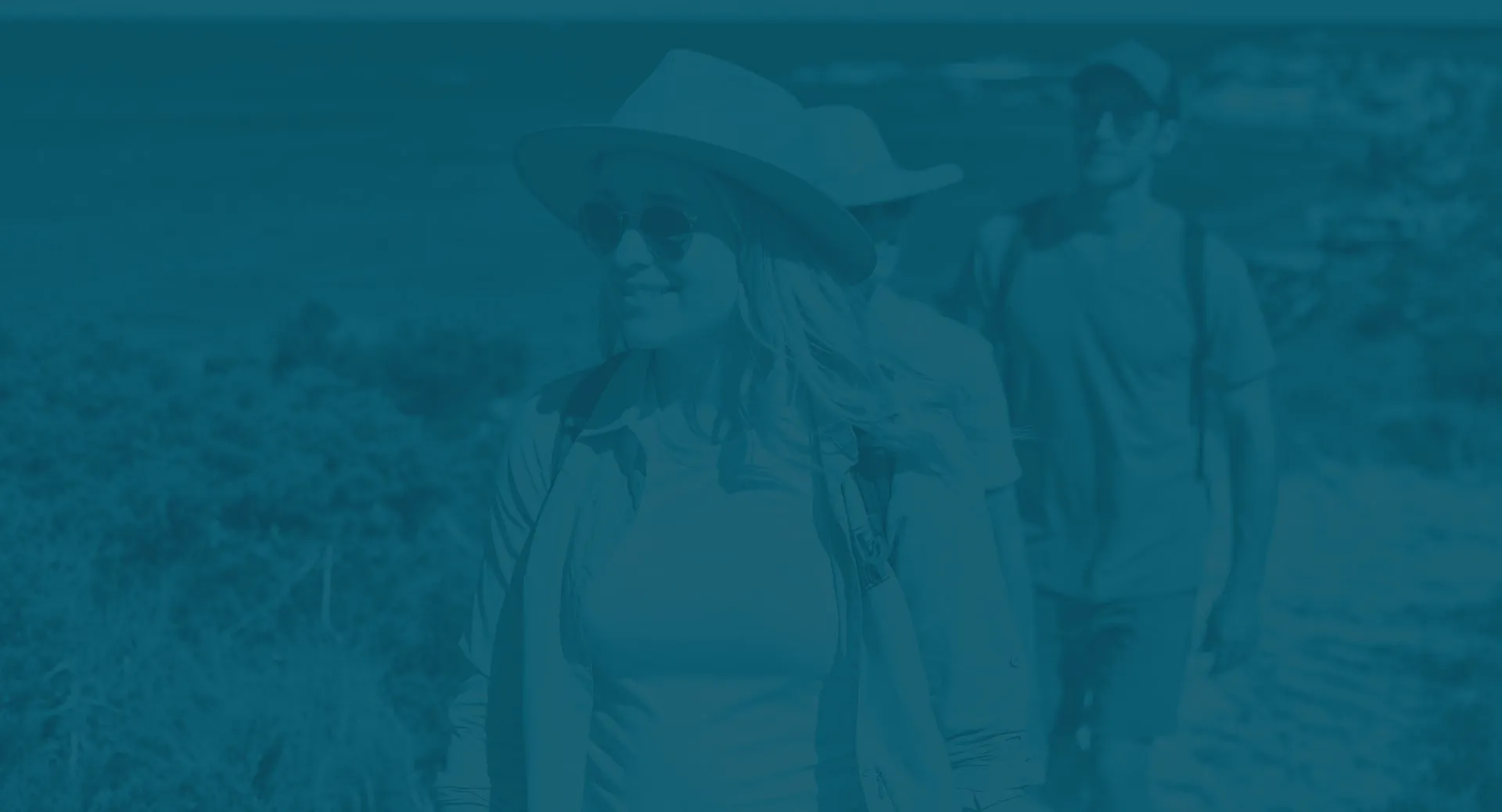
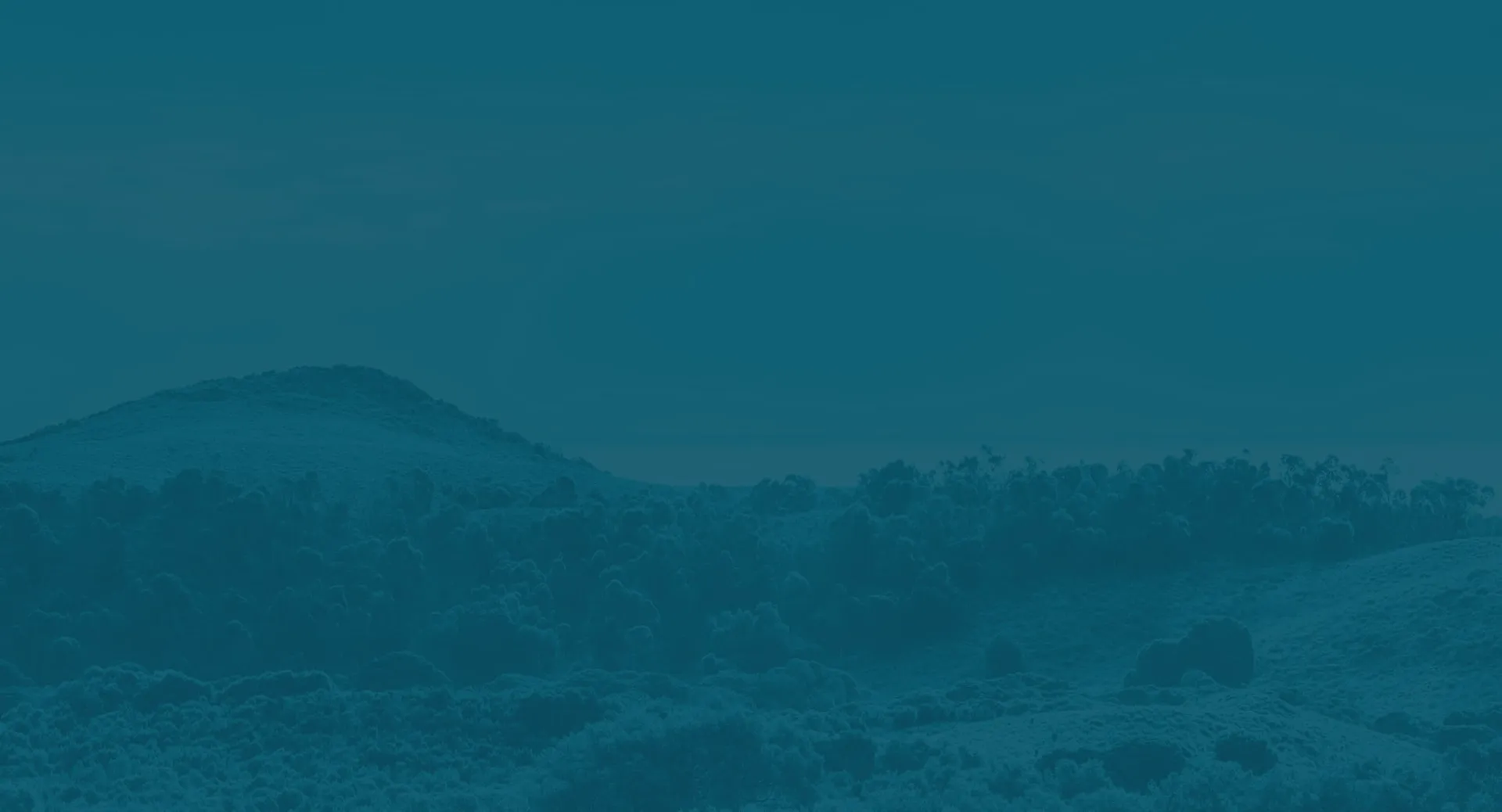

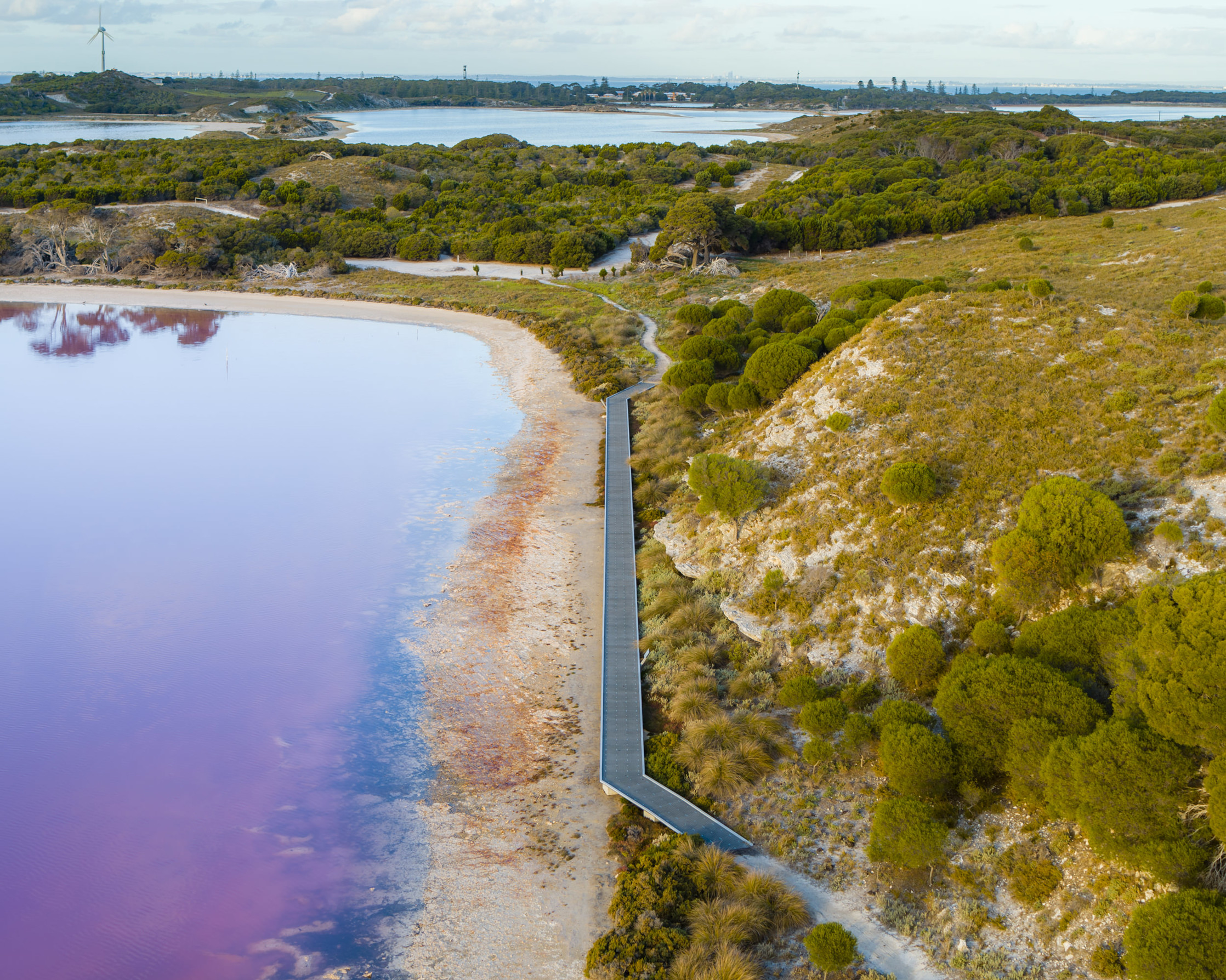
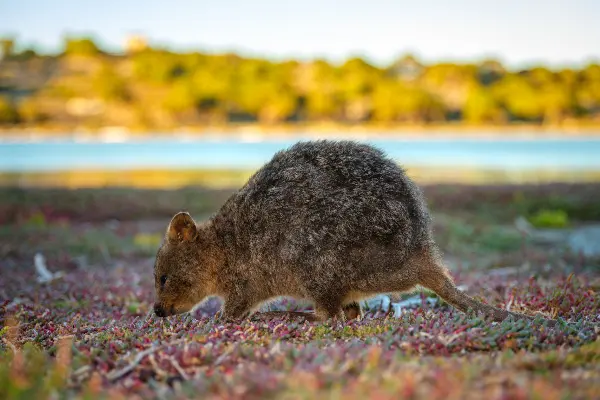
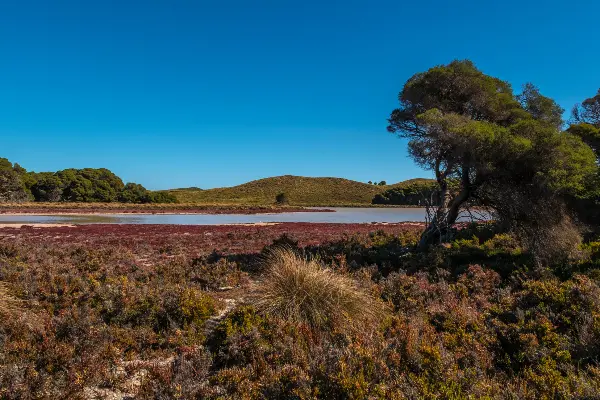
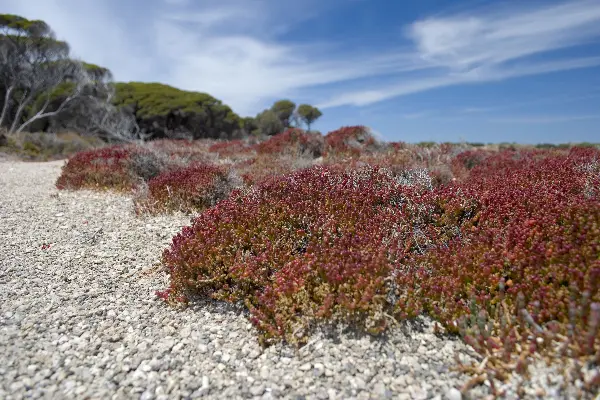
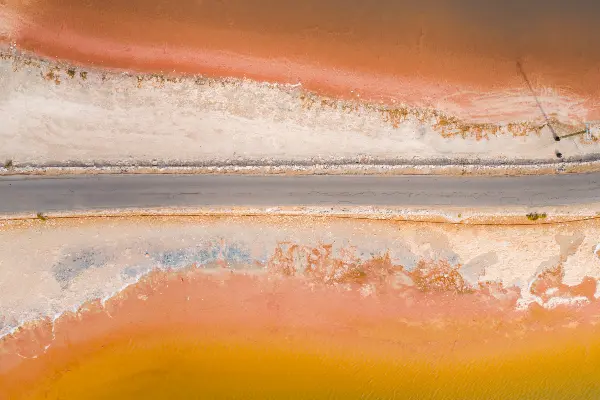
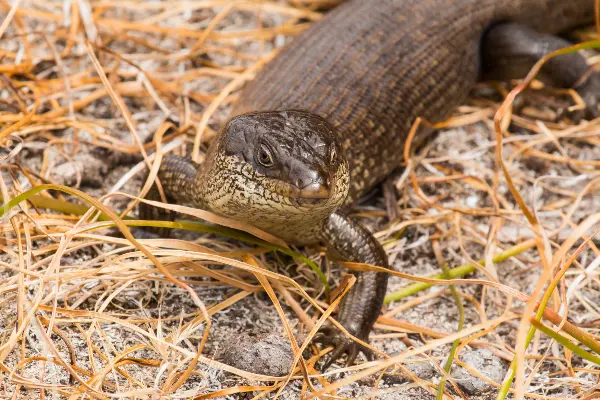
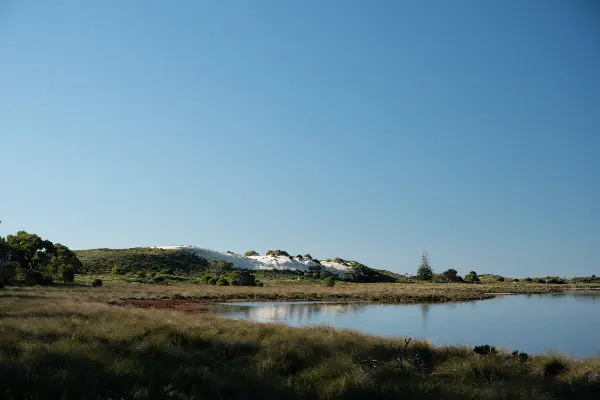
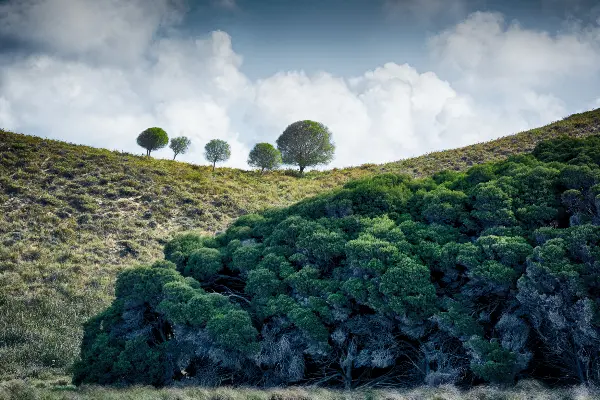
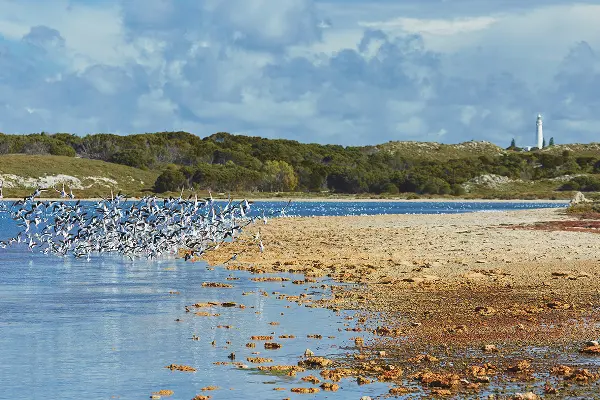
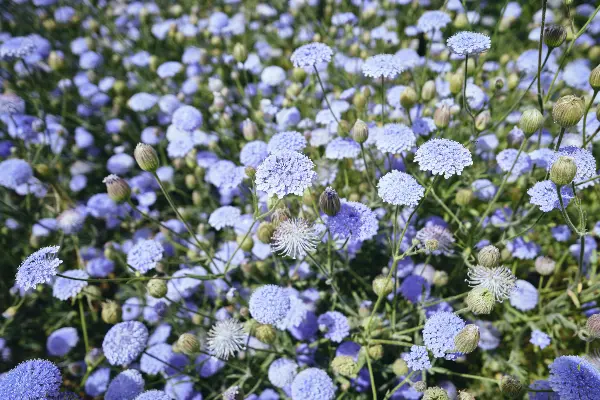
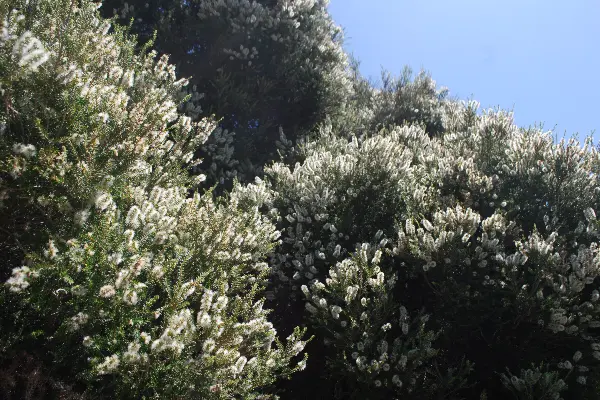
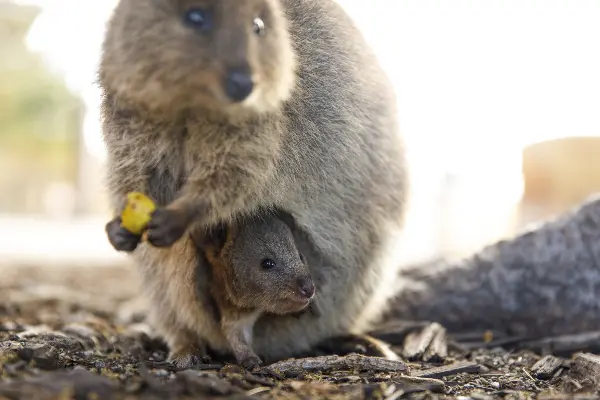
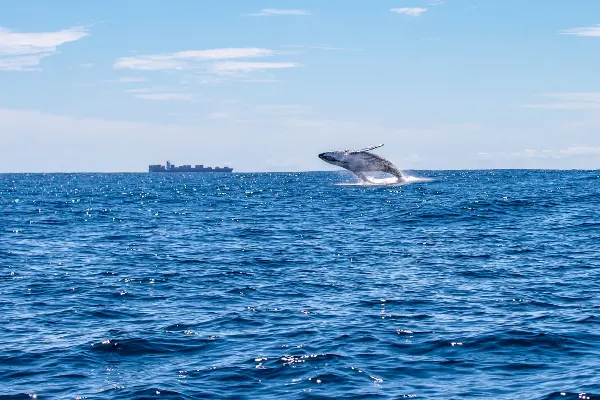
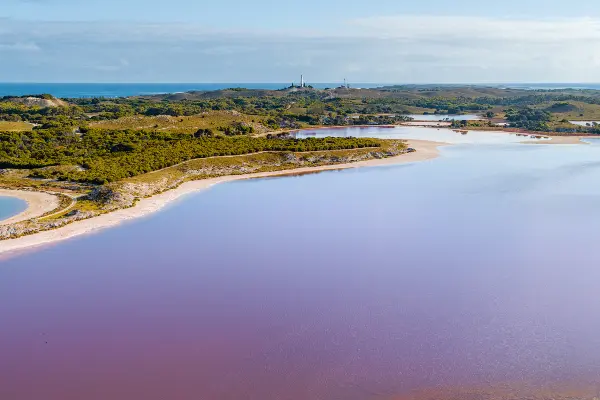
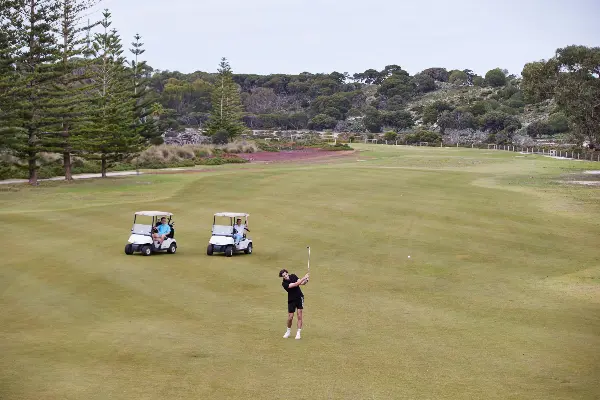
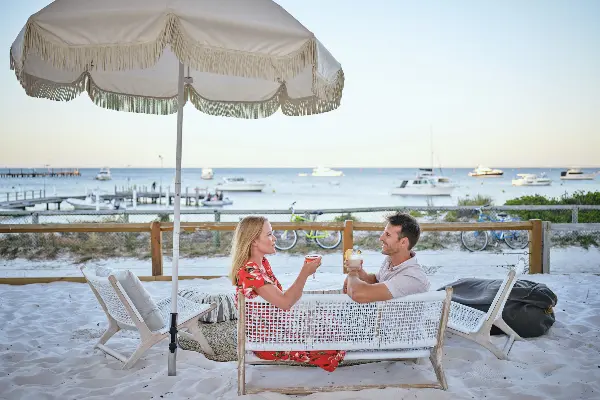
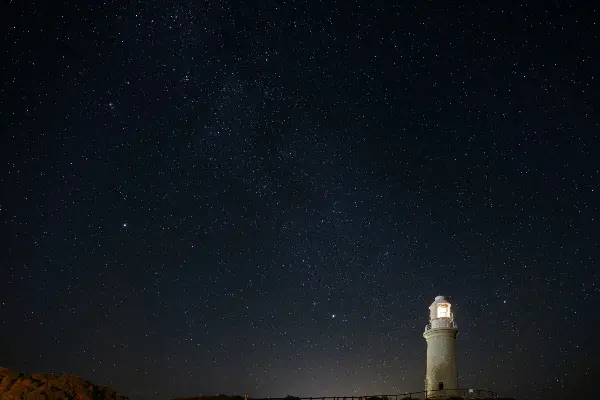
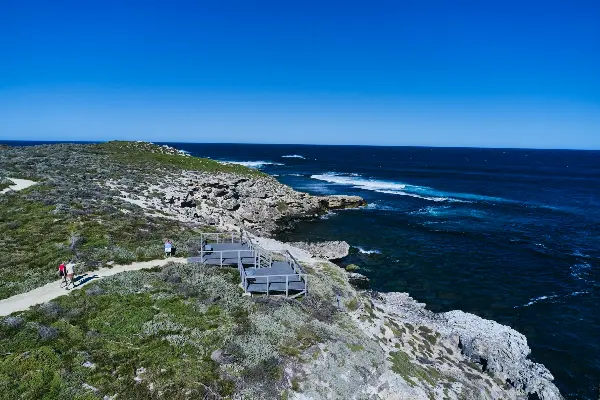
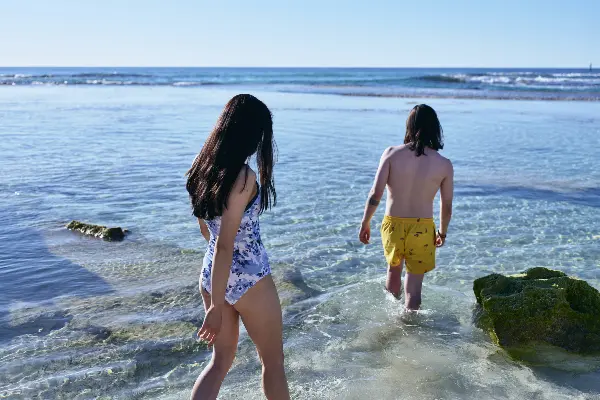
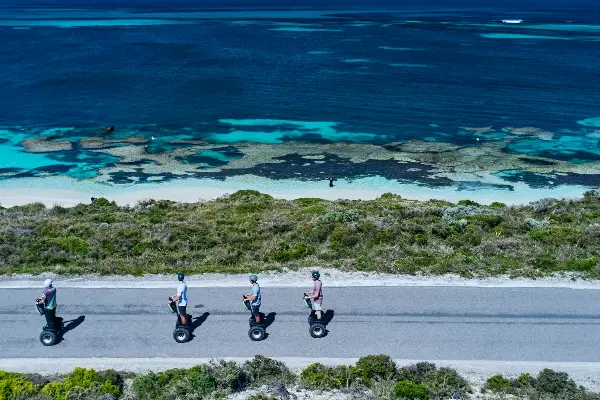
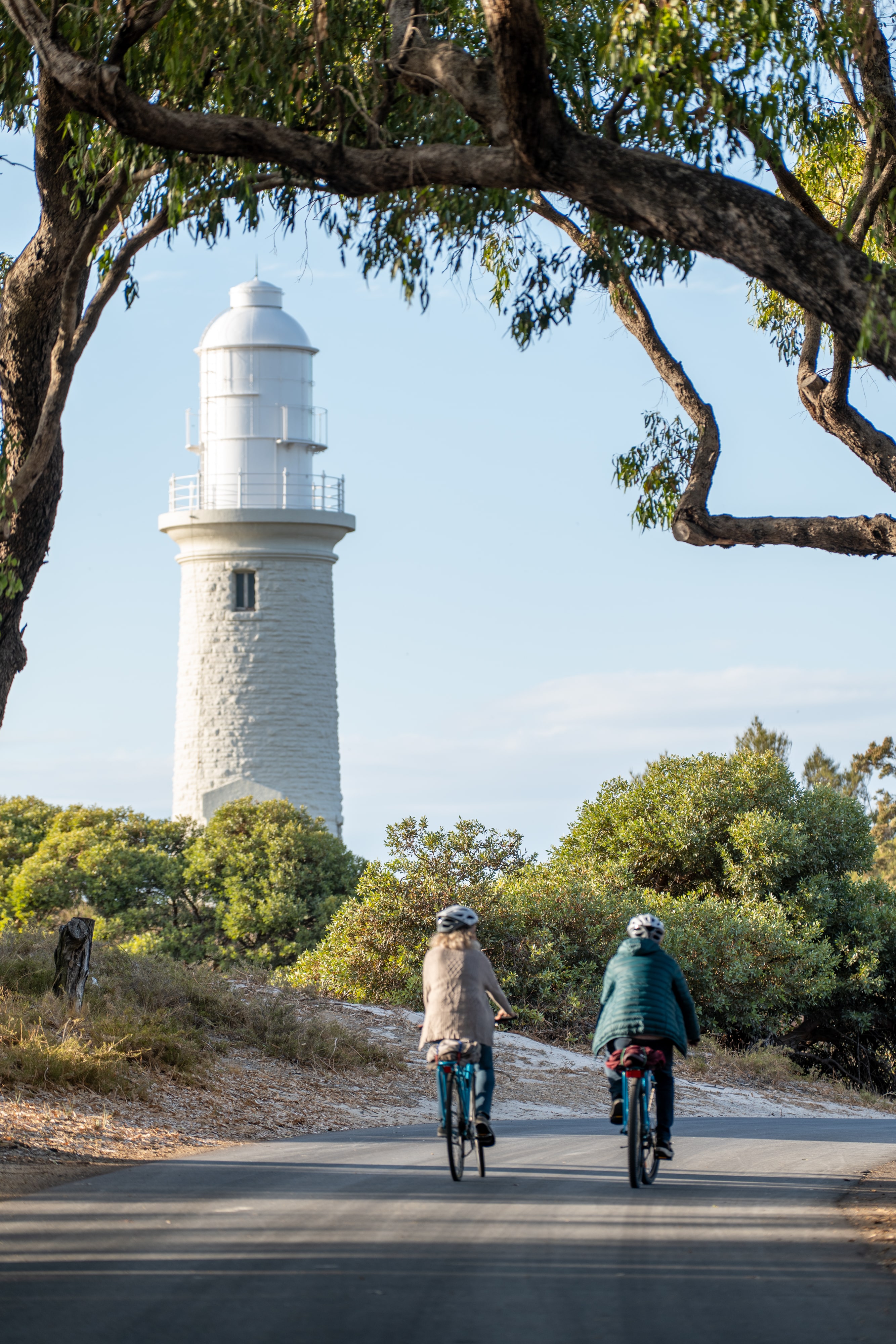
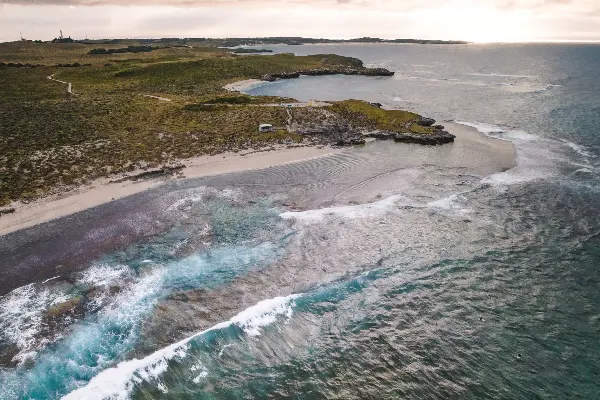
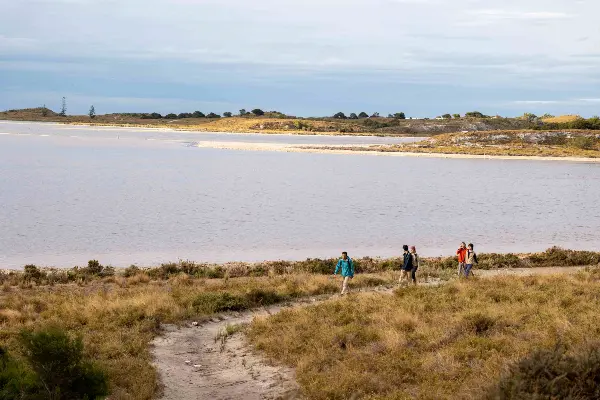
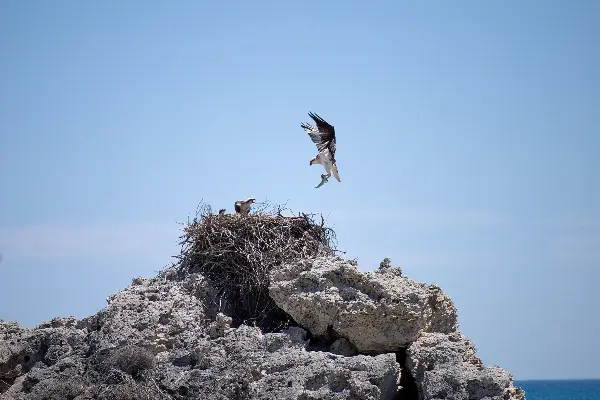
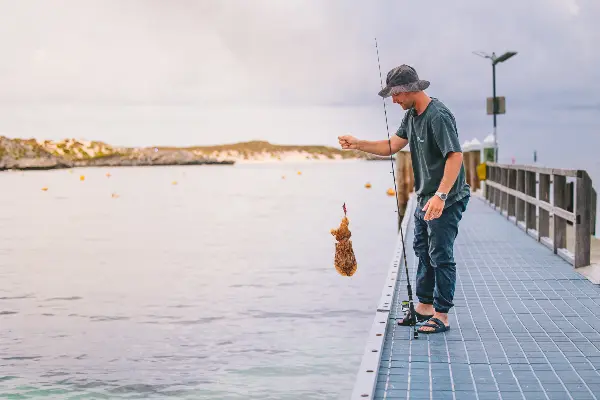
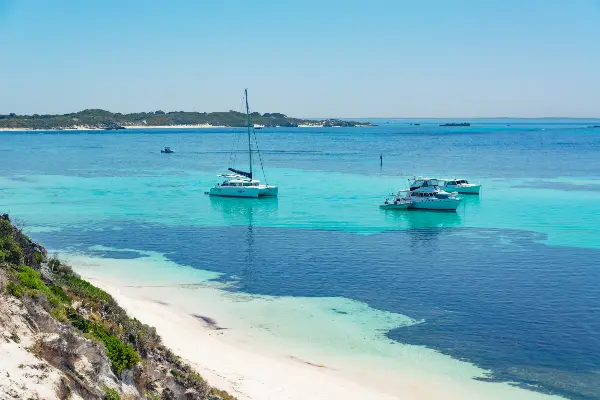
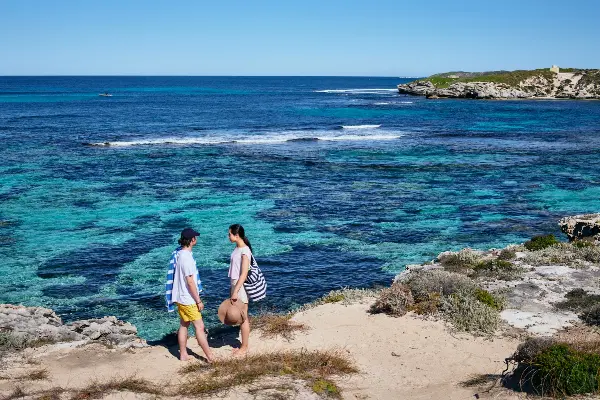
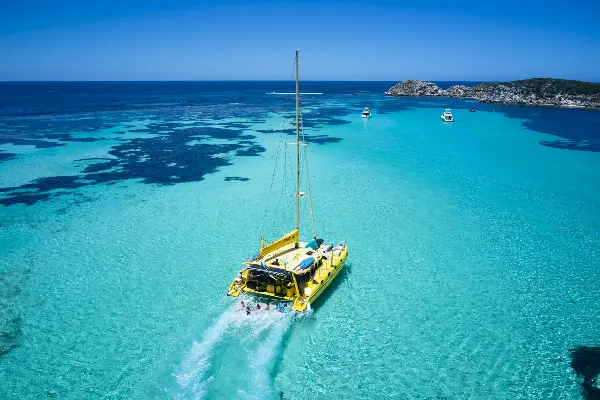

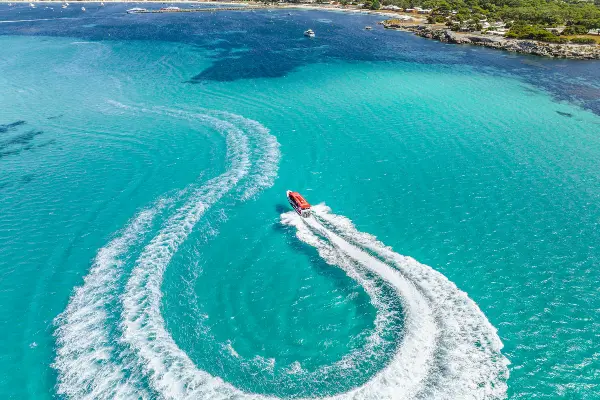
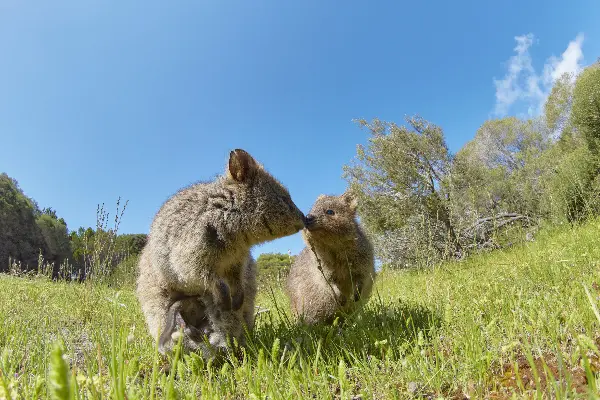
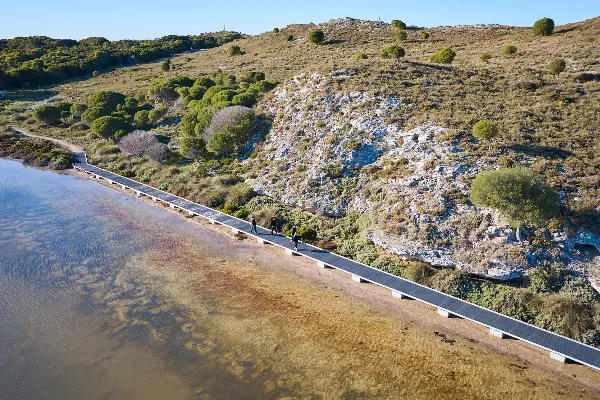
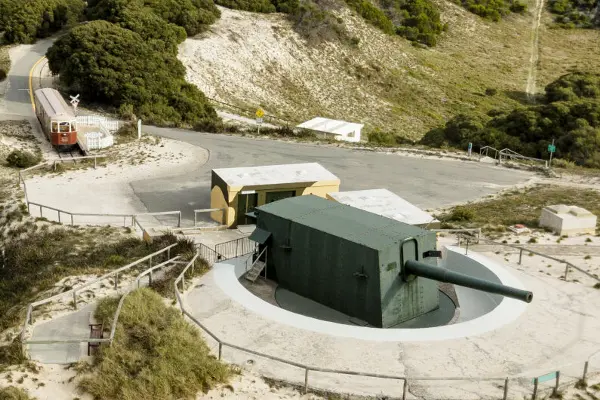
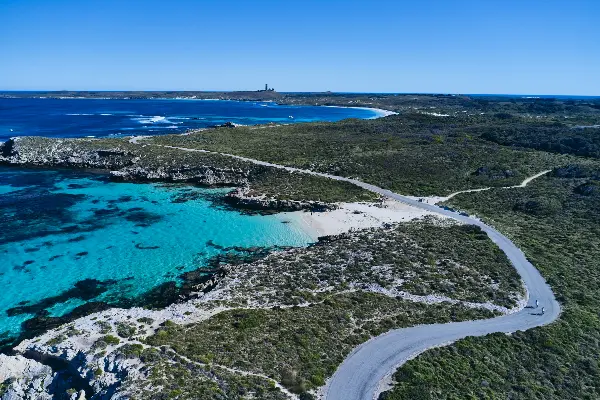
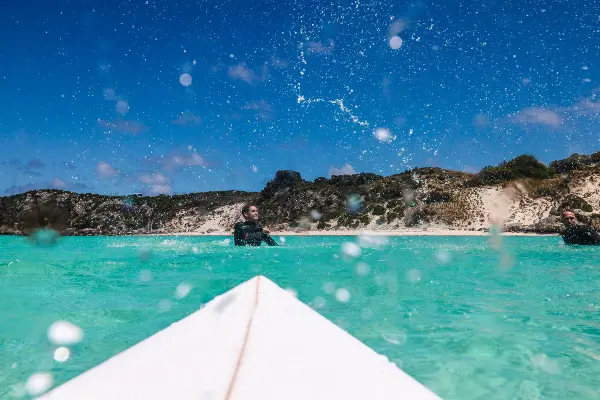
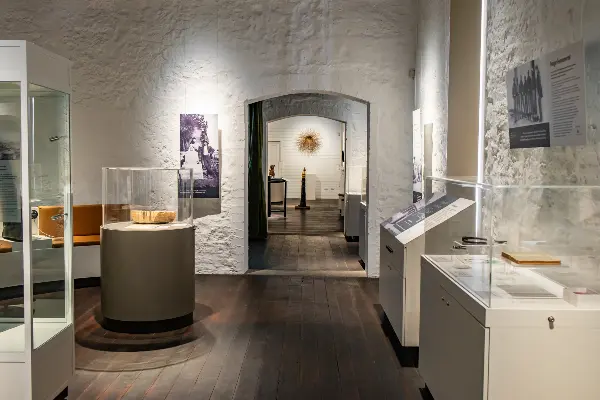
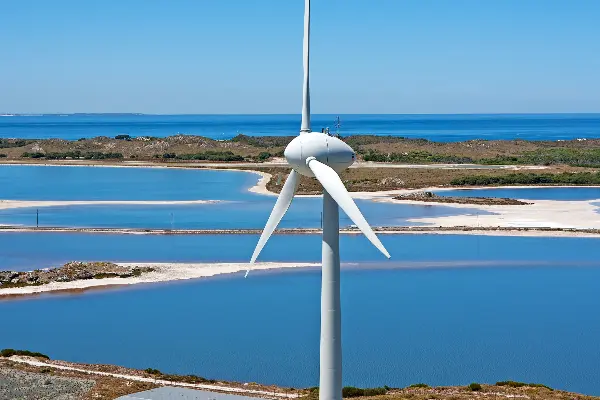
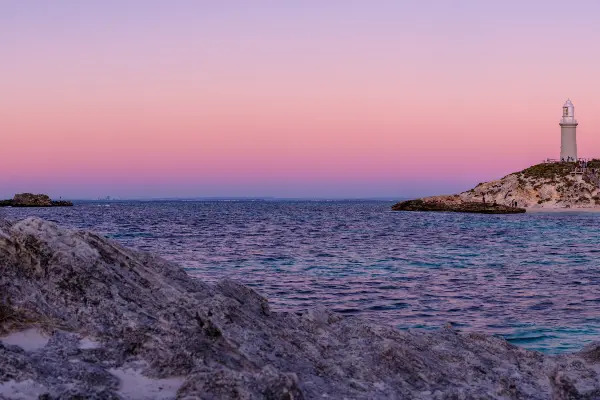
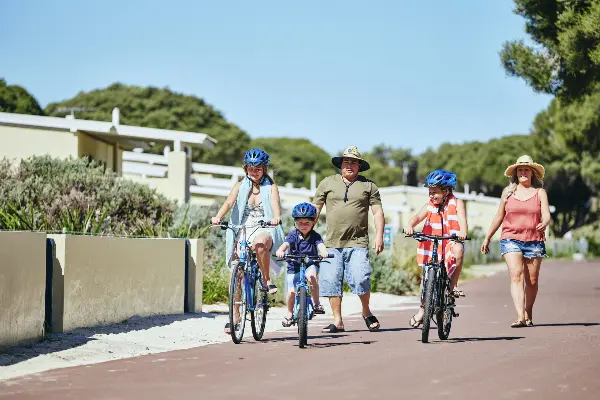
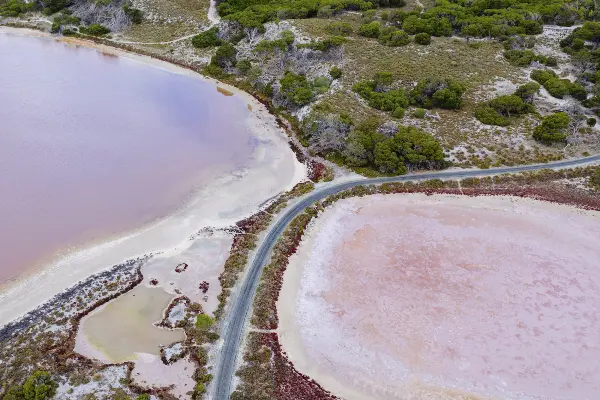
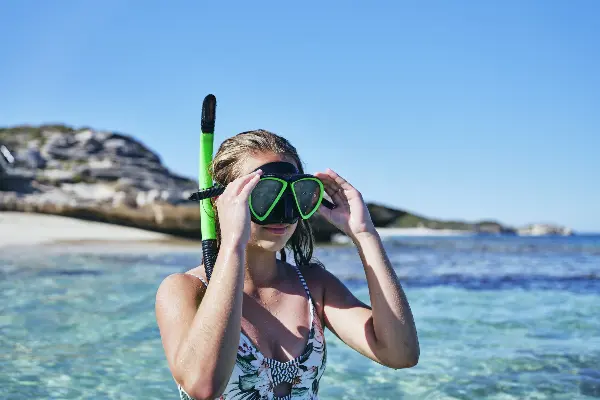
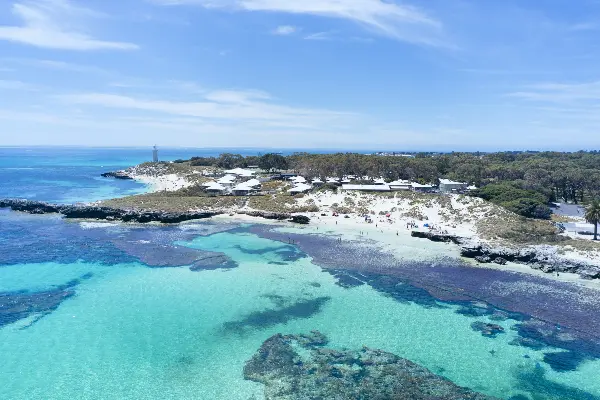
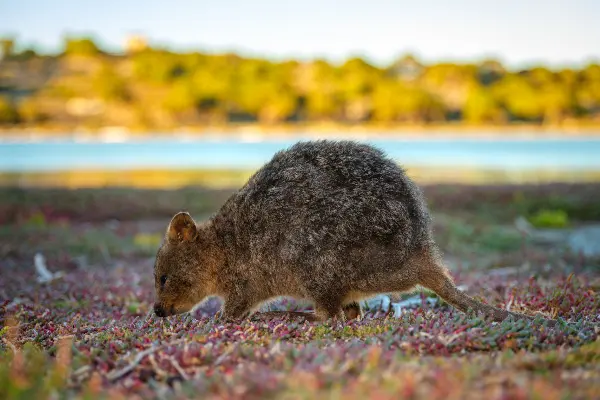
.tmb-fallback.webp?Culture=en&sfvrsn=7e1cefe5_1)

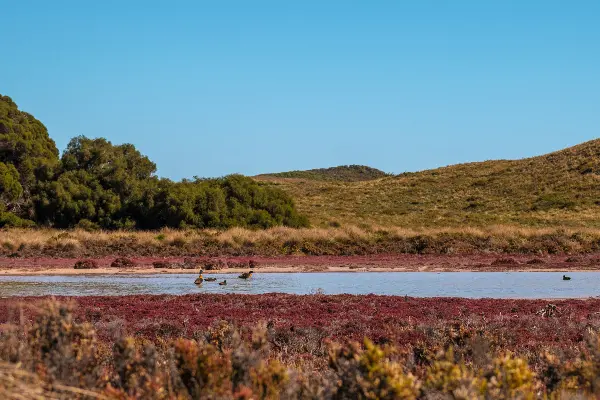
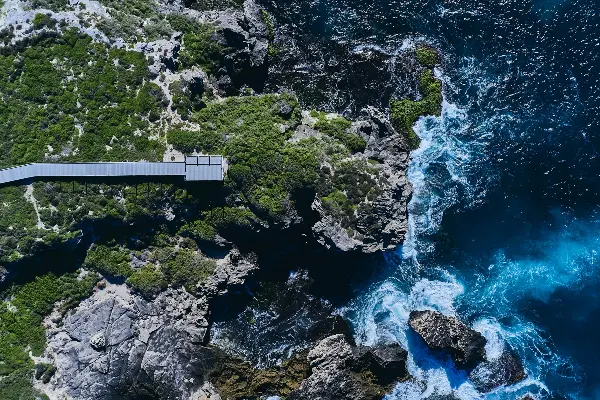
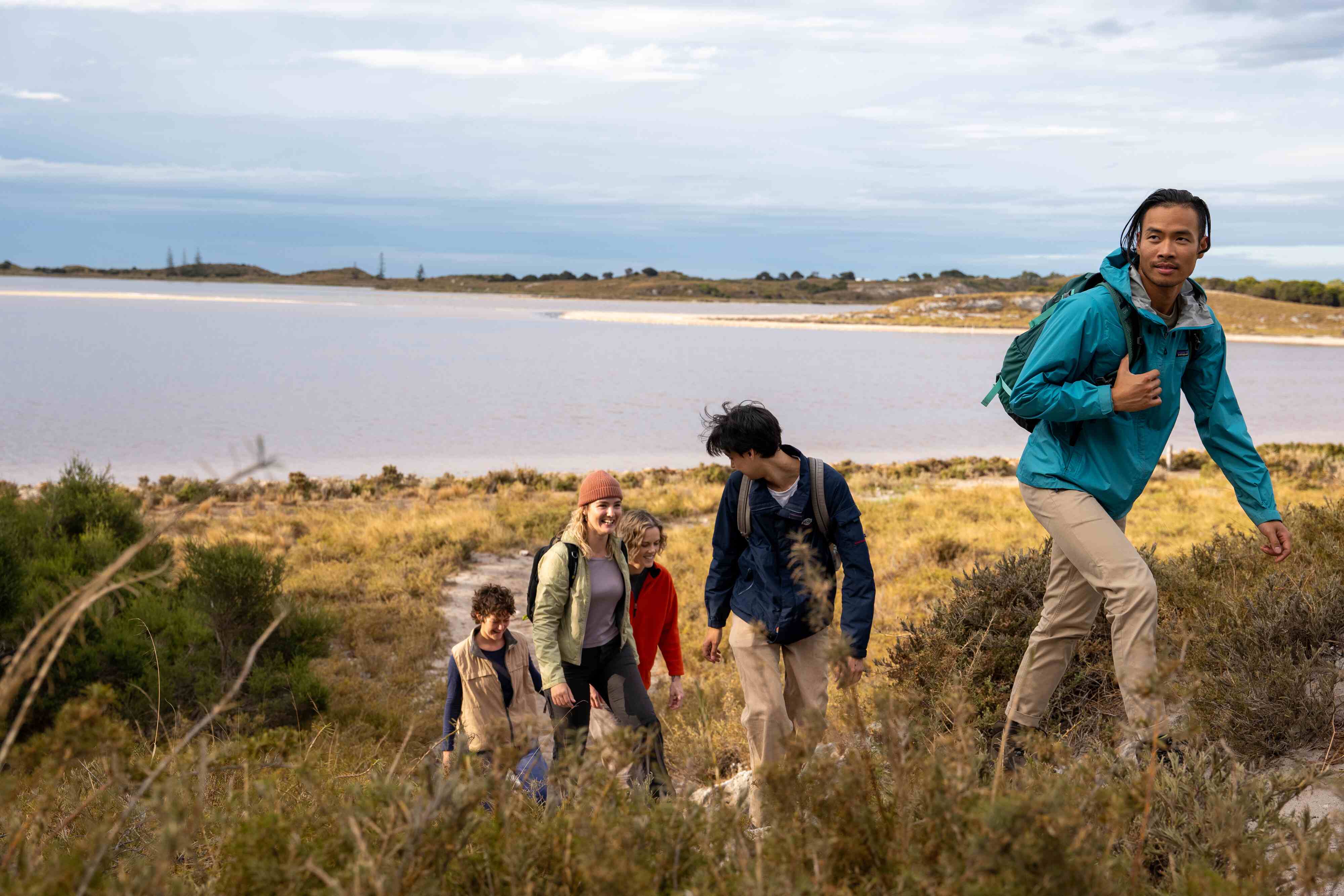
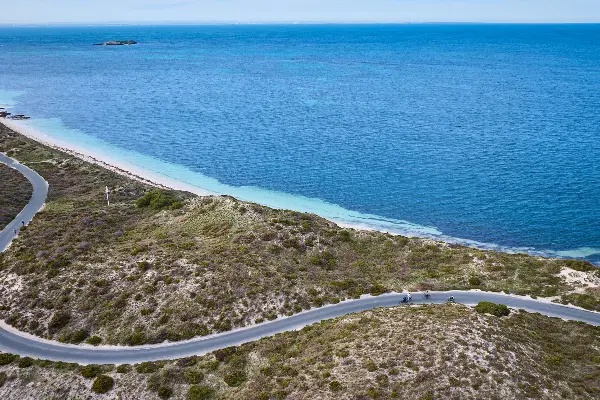
.tmb-fallback.webp?Culture=en&sfvrsn=aef6f714_1)
